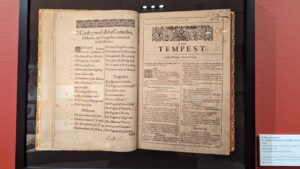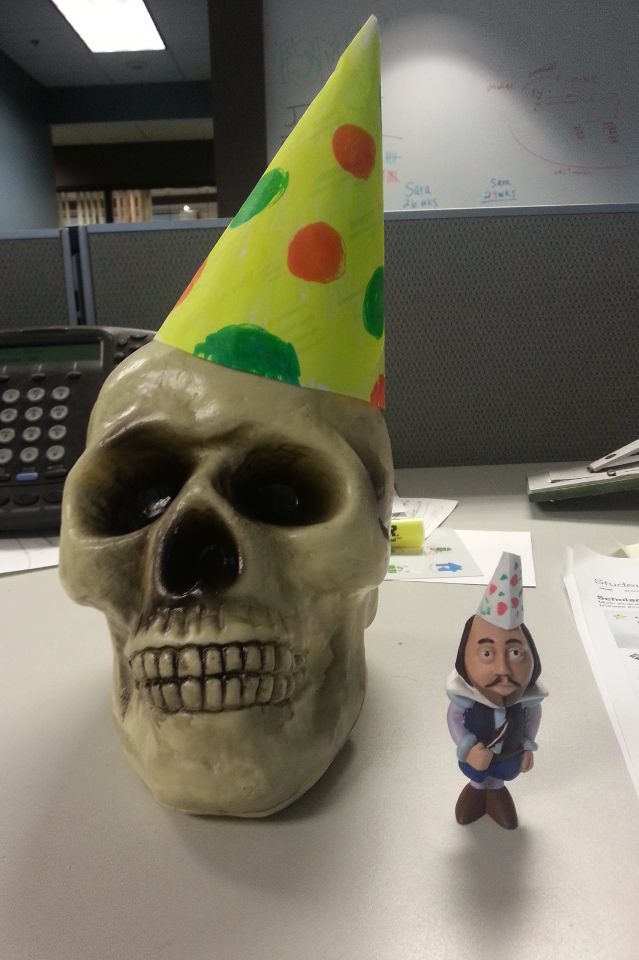We’ve all heard the stories and theories about Shakespeare’s sexuality. Was he in love with a man? Was it the Fair Youth of the sonnets? If so, who was it? Henry Wriothesley, Earl of Southampton, Shakespeare’s patron? The only thing we know for sure is that we’ll never know for sure.
That doesn’t mean we can’t hang on each new development in the story like the most recently installment of our favorite reality tv drama, though!
https://news.artnet.com/art-world/hilliard-portrait-shakespeare-patron-secret-lover-2684052
This article from ArtNet brings up a fascinating locket. What’s in the locket? Why, a portrait of H.W. himself. Why’s that special? He was Earl of Southampton, there’s plenty of portraits of him.
Not like this.

When the 2.25 inch treasure was discovered by art historians Elizabeth Goldring and Emma Rutherford, both were struck by the sitter’s unusually androgynous appearance, including his long golden curls, floral patterned jacket, and inviting blue eyes.
It’s difficult to look at a picture like this in 2025 and try to ponder what it meant 400 years ago. So, he’s wearing what he wants. So, he’s wearing his hair the length and style he wants. These days? No big deal. Back then? We don’t entirely know. Obviously, he sat for the portrait, so it wasn’t a completely hidden side of the man. He wasn’t afraid to be seen like this. Art historian Elizabeth Goldring suggests that the locket containing such an image, “must have been for a very, very close friend or lover.”
Wait, it gets better! Such a portrait apparently would have been painted on the back of a playing card. This one in particular used hearts. Awwww!
No no, not that! *This* portrait? If you take it out of its locket and look at the back, somebody has scribbled over the heart and turned it into a black spade! I know, right??
Shakespeare or no Shakespeare, that tells one great story. Do we know if it was a gift, or to whom? No. But we can clearly see that a heart was scratched out. Who would do that, and why? The “scorned lover” theory certainly seems valid. And who is the most well-known potential lover of Henry W.? Exactly.
What do you think?



